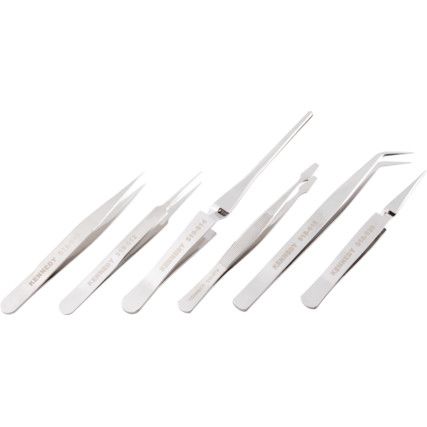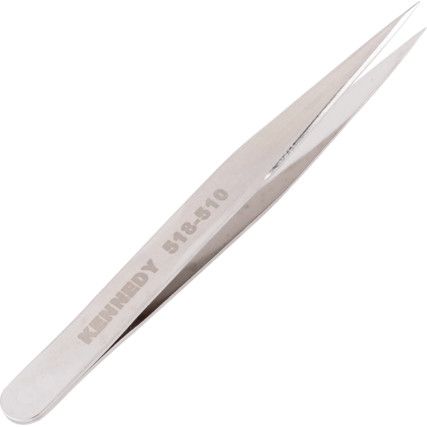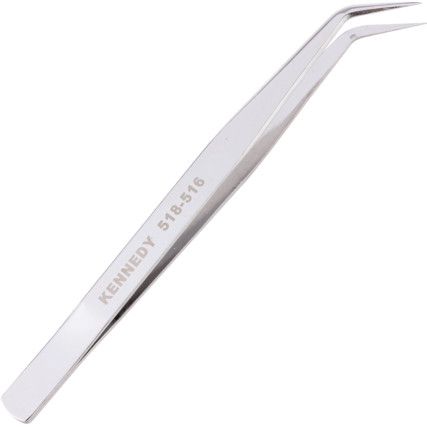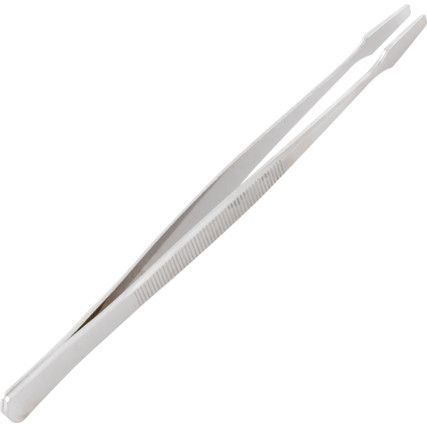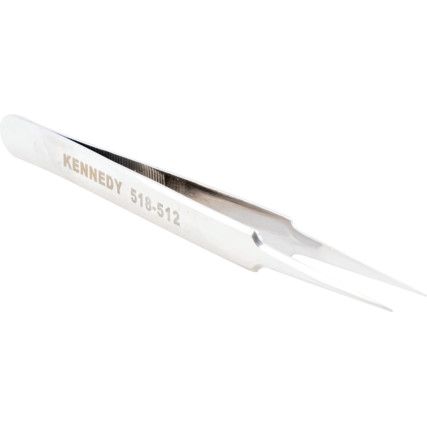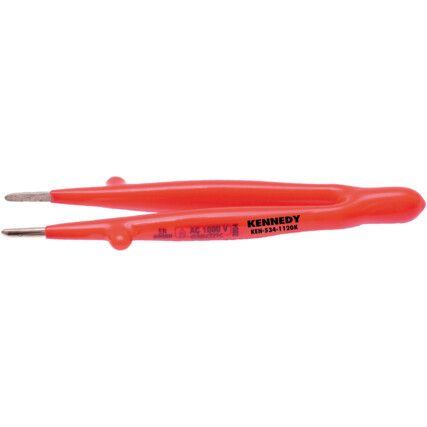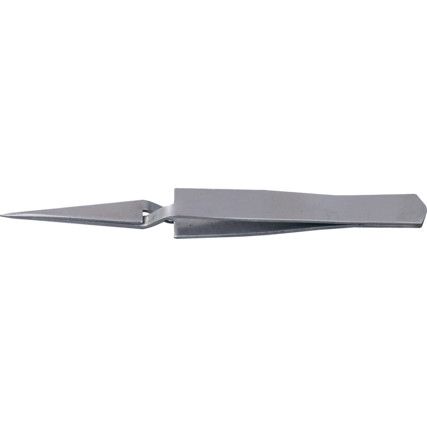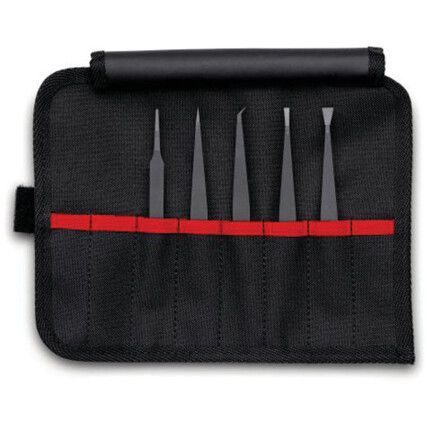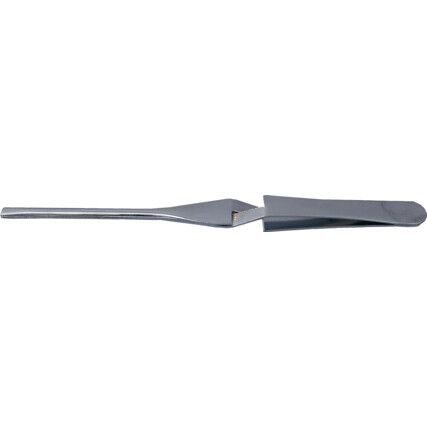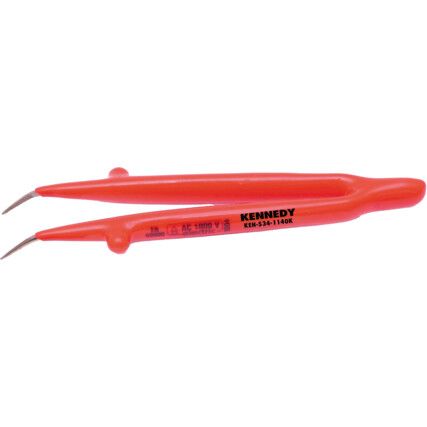Tweezers
Cromwell stock a wide range of tweezers from various brands including Knipex® and our own brand Kennedy® and Kennedy Pro®, ensuring that you always have a set for small, detailed work.
What are tweezers?
Tweezers are small gripping hand tools designed for small, fine and detailed working. They are commonly used to grasp small objects that would otherwise be too fiddly or small to be held with fingers. They come in various types for varying applicational uses, and feature two sets of arms
Why tweezers?
Sometimes components are so small that they become awkward to work with, tweezers allow you to work with intricate parts such as those found in electronic circuitry with precision.
Types of tweezers
• Bent - These types of tweezer have a curved tip which allows the user to work at a more comfortable angle reducing fatigue.
• Blunt - These feature finely curved tips ideal for applications that could result in a component getting damaged or entangled.
• Cutting - These act as a cutting tool and feature sharp edges allowing the cutting of things such as soft wires.
• Flat - Ideal for holding larger objects, as they feature a greater surface area than standard tweezers.
• Pointed - Used for small components and hard to reach areas.2
• Round - Ideal for general-purpose use tweezers that are used where high levels of precision aren't required.
• Wafer - These feature flat tips for the safe handling of silicon wafers in the manufacturing of semiconductors.
Considerations when choosing tweezers
• The component worked with - Some types of tweezer are designed to work with specific objects, like in the case of wafer tweezers.
• ESD safety - Working with electronics can be a hazard, in these cases using a metal tool would increase the risk of conductivity and could result in a shock. Using tweezers that are non magnetic and made from ESD safe materials like plastic, epoxy coated and carbon fibre, reduced the risk involved.
FAQs
Can tweezers be sharpened?
Yes, tweezers can be sharpened especially if they're designed to cut and have dulled over time with use. You can use a simple piece of sandpaper for this task on metal tweezers.
